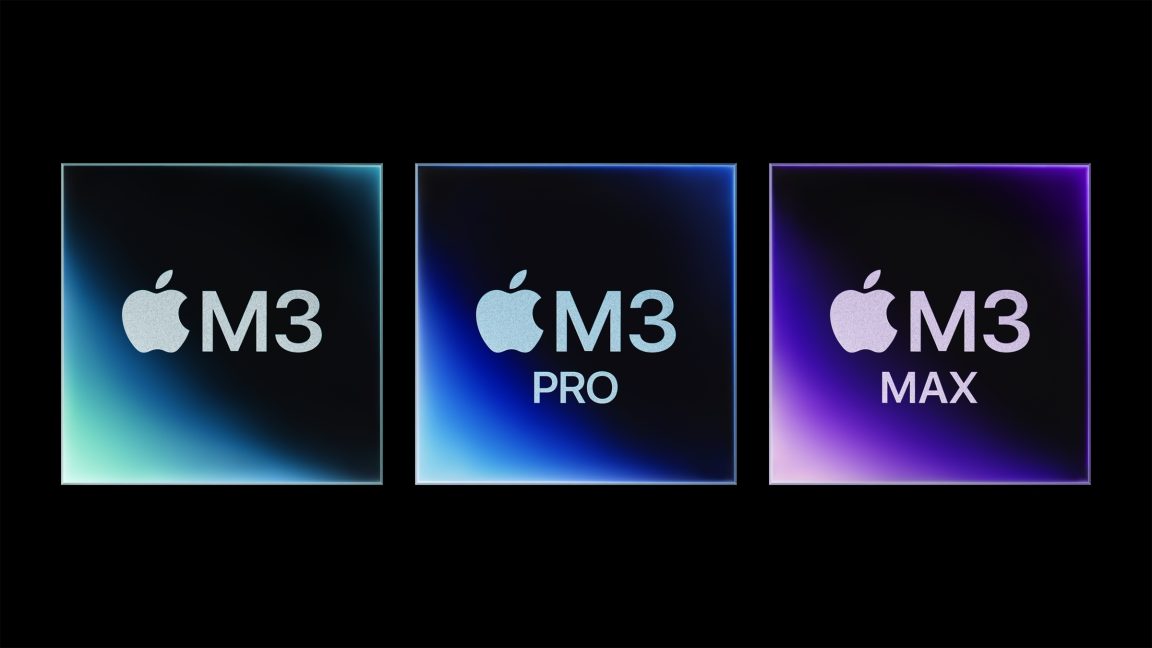
William Ratcliff
Former IEEE Region 3 director
Life senior member, 80; died 20 June
Ratcliff was the 2008–2009 director of IEEE Region 3 (Southeastern United States).
An active IEEE volunteer, he led efforts to change the IEEE Regional Activities board to the IEEE Member and Geographic Activities board.
He also helped develop and launch the IEEE MOVE (Mobile Outreach using Volunteer Engagement) program. The three vehicles in the IEEE-USA initiative provide U.S. communities with power and communications capabilities in areas affected by widespread outages due to natural disasters.
Ratcliff began his career in 1965 as an electrical engineer at Public Service Indiana, an electric utility based in Indianapolis. There he helped design bulk power systems and developed engineering software. He left in 1985 to join manufacturer Gulfstream Aerospace, in Savannah, Ga., where he was an engineering manager until 1994.
He earned a bachelor’s degree in electrical engineering from Purdue University, in West Lafayette, Ind.
Lembit Salasoo
GE senior research scientist
Life member, 68; died 17 August
Salasoo was a scientist for 36 years at the General Electric Global Research Center, in Niskayuna, N.Y.
He earned two bachelor’s degrees, one in computer science in 1976 and the other in electrical engineering in 1978, both from the University of Sydney.
He joined the Electricity Commission of New South Wales, an Australian utility, as a power engineer.
In 1982 he moved to the United States after being accepted into Rensselaer Polytechnic Institute, in New York. He earned a master’s degree in engineering in 1983 and a Ph.D. in electric power engineering in 1986.
After graduating, he joined GE Research’s superconducting magnet group, where he focused initially on researching conduction-cooled MRI magnets.
He later worked on computer tomography equipment including the Gemini tube used in CT scanners.
He and his team developed a tool to analyze secondary electron emission heat transfer in the tubes. For their work, they received GE’s 1998 Dushman Award, which recognizes contributions to the company.
In the early 2000s, Salasoo shifted his focus to developing technology for clean energy transportation—namely for hybrid-electric buses, locomotives, and mine trucks. He was part of the research team that conducted a proof-of-concept demonstration of a hybrid locomotive at Union Station in Los Angeles as part of GE’s Ecomagination initiative, a clean-energy R&D program.
His area of research changed again in the 2010s to developing financial systems for GE’s Applied Statistics Lab. His work involved making GE Capital, the company’s financial services subsidiary, compliant as a systemically important financial institution. Should a SIFI fail, it could trigger a financial crisis, so it must adhere to strict regulations. For his work, he received the 2015 Dushman Award.
From 2015 to 2020 he developed defect detection models at GE used in metal additive manufacturing. In 2023 he led GE’s climate research team in developing technology that predicts and mitigates the formation of long-lasting cirrus clouds, commonly known as contrails, produced by aircraft emissions. Under his leadership, the team won a grant from the Advanced Research Projects Agency–Energy.
Karl Kay Womack
Computer engineer
Life Fellow, 90; died 10 July
Womack spent his career working on early computers at IBM in New York City. He earned a master’s degree in electrical engineering from Syracuse University, in New York.
He was an avid science fiction and fantasy reader, according to his obituary.
Thomas M. Kurihara
Chair of IEEE Standards Association working groups
Life member, 89; died 24 May
Kurihara was an active volunteer for the IEEE Standards Association. He was chair of the working group that developed the IEEE 1512 series of standards for incident management message sets used by emergency management centers. He also chaired the IEEE 1609 working group, which developed standards for next-generation V2X (vehicle-to-everything) communications.
A member of the IEEE Vehicular Technology Society, he chaired its intelligent transportation systems standards committee from 2017 to 2022.
After graduating with a bachelor’s degree in 1957 from Stanford, he joined the U.S. Navy. By the time his active duty ended in 1969, he had attained the rank of lieutenant commander.
He then worked as an engineer for the U.S. government and in private industry before becoming a consultant.
Kurihara and his family were sent to Japanese-American internment camps during World War II. After the war ended, they resettled in St. Paul. He was a lifetime supporter of the Twin Cities chapter of the Japanese American Citizens League, a national organization that advocates for civil rights and seeks to preserve the heritage of Asian Americans. He was a member of the St. Paul–Nagasaki Sister City Committee, which promotes beneficial relationships between citizens of the two cities and encourages peace between the United States and Japan.
In honor of his parents, in 2010 Kurihara established the Earl K. and Ruth N. Tanbara Fund for Japanese American History at the Minnesota Historical Society. The money is used to document and preserve the group’s history, particularly in Minnesota.
Robert A. Reilly
Former IEEE Division VI director
Senior member, 76; died 21 May
Reilly served as the 2015–2016 director of IEEE Division VI. He was a former president of the IEEE Education Society and a member of numerous IEEE boards and committees.
He enlisted in the U.S. Army in 1965 and served as a medic in Japan for five years. After returning to the United States in 1970 as a major in the Army Reserve, he enrolled at the University of Massachusetts in Amherst. He received a bachelor’s degree in health and physical education in 1974. Two years later he earned a master’s degree in education from Springfield College, in Massachusetts. He later returned to the University of Massachusetts and in 1996 received a Ph.D. in education.
Reilly began his career in 1972 as a physical education teacher at St. Matthew’s Parish School in Indian Orchard, Mass. After two years there, he left to teach social studies, math, and science at Our Lady of the Sacred Heart School in Springfield. He worked at the school, which closed in 2006, for three years.
From 1979 to 1982 he was an instructor at North Adams State College (now the Massachusetts College of Liberal Arts), training educators.
In 1985 he joined Lanesborough Elementary School as a computer teacher, and he taught there until he retired in 2011.
In 1992 he founded and served as director of K12 Net, an online communication network for teachers that preceded the Internet. From 1995 to 2001 he was director of EdNet@UMass, a Web-based professional development network at the University of Massachusetts’s College of Education.
Reilly was a visiting scientist in the early 2000s at MIT, where he researched computer-based applications and cognitive learning theories.
He was a member of the American Society of Engineering Education and served as the 2009–2010 chair of its electrical and computer engineering division. He was president of the National Education Association’s Lanesborough chapter three times.
He received several IEEE awards including the 2010 IEEE Sayle Award for Achievement in Education from the IEEE Education Society and the 2006 Wilson Transnational Award from IEEE Member and Geographic Activities.
Ron B. Schroer
Aerospace engineer
Life senior member, 92; died 9 May
Schroer was an aerospace engineer at Martin Marietta (now part of Lockheed Martin) in Denver for more than 30 years.
After receiving bachelor’s degrees in chemistry and physical science from the University of Wisconsin in La Crosse in 1953, he enlisted in the U.S. Air Force. After his active duty ended in 1957, he earned a master’s degree in instrumentation engineering from the University of Michigan in Detroit and an MBA from the University of Colorado in Denver.
During his career at Martin Marietta, he worked on the Titan missile program, the NASA Space Shuttle, and a number of Federal Aviation Administration air traffic control systems.
An active IEEE volunteer, he was editor in chief of IEEE Aerospace and Electronic Systems Magazine and served on the Aerospace and Electronic Systems Society’s board of governors.
Reference: https://ift.tt/nivAKW4








 Dharik Mallapragada is an Assistant Professor of Chemical and Biomolecular Engineering at NYU Tandon.
Dharik Mallapragada is an Assistant Professor of Chemical and Biomolecular Engineering at NYU Tandon. Mallapragada’s research examined specific power required to achieve zero payload reduction and Payload reduction required to meet variable target fuel cell-specific power, among other factors.
Mallapragada’s research examined specific power required to achieve zero payload reduction and Payload reduction required to meet variable target fuel cell-specific power, among other factors.




 The random-number generator uses a collection of 74HC-series logic chips [top right] to digitize electrical noise and present it as a random byte to an Arduino Uno Minima [top left]. The generator can produce roughly one byte every 200 microseconds, and the Uno converts this into a single digit and builds up a series of 50 pads with 250 digits each, which it sends to the printer [bottom].James Provost
The random-number generator uses a collection of 74HC-series logic chips [top right] to digitize electrical noise and present it as a random byte to an Arduino Uno Minima [top left]. The generator can produce roughly one byte every 200 microseconds, and the Uno converts this into a single digit and builds up a series of 50 pads with 250 digits each, which it sends to the printer [bottom].James Provost The Pad-O-Matic samples electrical noise at regular intervals to create a stream of bits. To prevent the final numbers from being biased toward those with many 0s or 1s, pairs of bits are compared. Only if they differ are they examined further, with the leading digit being passed along. Eight of these debiased bits are packed into a byte, which is then subjected to modular division to produce a random number between 0 and 9.James Provost
The Pad-O-Matic samples electrical noise at regular intervals to create a stream of bits. To prevent the final numbers from being biased toward those with many 0s or 1s, pairs of bits are compared. Only if they differ are they examined further, with the leading digit being passed along. Eight of these debiased bits are packed into a byte, which is then subjected to modular division to produce a random number between 0 and 9.James Provost








 Jason Spear
Jason Spear